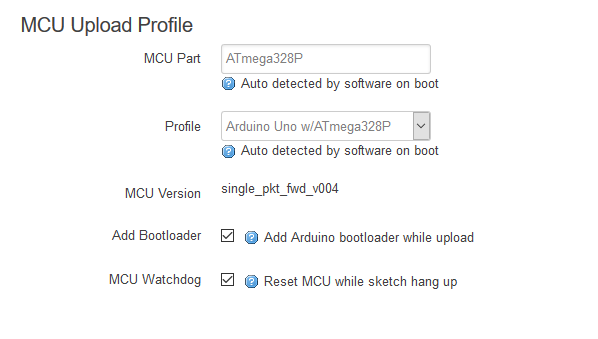Well, I considered all that has been shared. Thank you. I have learned a significant amount in just 2 weeks.
The fact that the LG01-P is single channel (which initially did not bother me but I know more now), only receive and will always only do ABP. And that their own spec says it will lose 60%.
I have chosen a different low cost attempt.
Basically a pre-assembled raspberry pi dyi.
Says Full LoRaWAN Stack support (version 1.0.2) hope that is current, recognize not ‘certified’
I figure this way I am not bound to a rom based solution and I may be able to bail myself out with this one. And at the end of the day I at least end up with another pi. 
When I consider the value of my time, am I really saving money fooling with the Dragino?
I will still let ya know what dragino say about the LG01. And if the new solution works.
